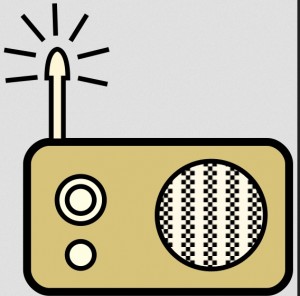The Army announced it had chosen Harris and Thales to make its Rifleman Radio, the 21st century walkie-talkie that links foot troops into the Army’s command network.
Thales and Harris will split the next five years of Full Rate Production. It won’t be a 50:50 split, but rather an ongoing competition: Assuming that both Thales and Harris pass Army testing, the service will then buy radios in lots, with both companies competing to offer the lowest price. The Army will ultimately buy more than 150,000 FRP Rifleman Radios, but after five years, there’ll be a new competition, so Thales and Harris hardly have a perpetual lock on the program.
The award marks a historic shift in how the military buys radios — a shift that may be replicated in other areas. General Dynamics is a classic defense contractor: Its divisions build everything from nuclear powered submaines to armored ground vehicles, but it builds them all for the armed forces. Harris just builds radios, but it builds them for everybody: the police and the general public.
As Moore’s Law races ahead, high-tech has become a commodity, and with Rifleman Radio, the Army is buying it as such. Modern digital, software-defined radios are essentially computers that communicate wirelessly — something the civilian IT world builds far better than most traditional defense contractors. So instead of developing military-specific systems like JTRS, only to have the commercial sector lap the Pentagon procurement process and render the military tech obsolete on arrival, the Army is buying the radios as Non-Developmental Items (NDIs).
The crucial question is whether the military can replicate this model and take better advantage of competition and commerce innovation. The Defense Secretary went to SIliocn Valley to find out.

